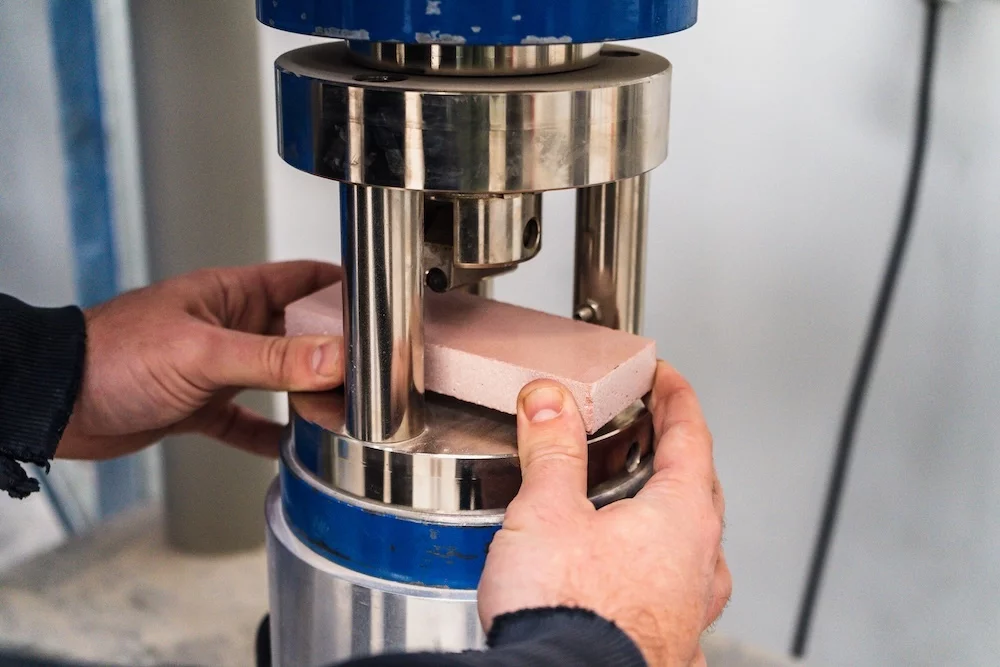Sustainable concrete: An in-depth perspective from Kwantz
In the forest of information about concrete and sustainability online, it's understandable that you might not see the forest for the trees. For Kwantz, however, sustainability is not just another topic, it is a passion deeply rooted in our values. In this blog, we would like to share our perspective on this important topic, striving to provide an honest and in-depth insight. Dive into the world of concrete with us and discover why sustainability is close to our hearts.
A deep dive into Kwantz's environmentally conscious production process
At Kwantz, we strive for a production process that returns the concrete used to essential constituents that are abundant in our earth's crust. Unlike exclusive natural stone, which often requires mountains to be cleared, we source our raw materials from clay, limestone and sand, all widely available in our natural environment. Specific sand is extracted from quarries in the Antwerp Kempen region. In terms of cement content, we aim for minimisation without compromising on quality. To achieve this, we replace part of the cement with calcined clay, also known as Metakaolin. This innovative process not only enhances the sustainability of our products, but also contributes to wider efforts to reduce ecological impact. For further depth, we recommend following the LC3 Project - Low Carbon Cement on LinkedIn.

Sustainable manufacturing: Our Belgian base, local expansion and global impact
Because our production is located in Belgium, we reduce transport distances for Belgian orders and reduce CO2 emissions. We also see our growth in production as a bit unusual. Because concrete is known all over the world and we have easy access to clay, limestone and sand, we can expand the making of Kwantz material to other countries, instead of continuously increasing facilities in Belgium and building an ever-larger factory for global distribution. In these countries, we can then make interior boards using local materials. That means we produce locally and use local materials. And why is that so cool? Well, not only does it reduce pollution from transport, but it also boosts the local economy. We create jobs and use materials that can be found just around the corner. That way, we don't rely on distant resources and contribute our bit to the local community. In short, we believe in a world where producing locally with local materials is not only good for the environment, but also for people here and around the world.

Concrete: Sustainably shaped and hardened
Finally, concrete, a material that is a viscous liquid when created, is poured into a mould and then cures under room temperature. This unique property of concrete contributes to durability in our production process. Unlike glass or ceramics, for example, we do not need extremely high curing temperatures for concrete to develop its quality. This makes concrete not only versatile, but also a sustainable choice in the production process.

Sustainability at its core: Kwantz's journey towards local anchoring and global impact
In conclusion, Kwantz weaves sustainability as a thread throughout its production. From minimising residues and waste to the core production process, where we reduce cement by using Metakaolin. We embrace not only the power of cement, but also its global reach, allowing us to move towards local production worldwide. That way, we can manufacture interior slabs with local materials without the need to mine exclusive stones from mountains and transport them around the world. At Kwantz, we strongly believe in a sustainable future, where locally anchored manufacturing practices worldwide contribute to a more balanced and environmentally conscious world.
Want to know what Kwantz' concrete feels like? Then request your free samples now!


